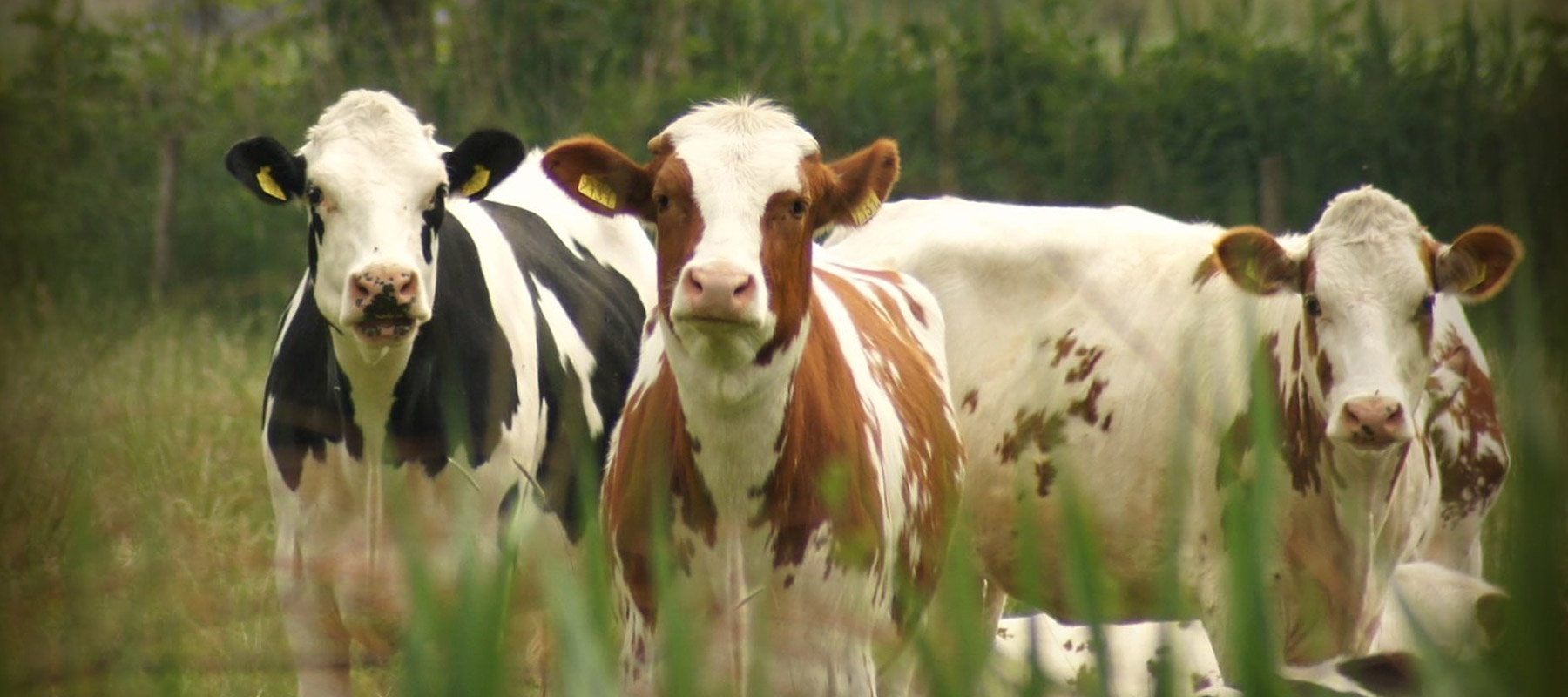Animal Science
Introduction
Animal Science is the science and business of raising domestic livestock species such as beef cattle, dairy cattle, horses, poultry, sheep, and swine, among others.
Importance of Animal Science
Humans rely on animals for food, fiber, labor and companionship. So it makes sense that we need animal scientists to keep these animals healthy and productive.
Animal scientists help put food on our tables. Animal scientists work with farmers to improve animal breeding, diseases and nutrition
When animals grow well and stay healthy, farmers can produce more meat, milk or eggs for our consumption. Animal scientists also work with farmers to decrease the environmental impact of animal agriculture

Protection of Animal Health
- Deworm your animals with Albendazole or Fenbendazole @ 10 mg/ kg body weight.
- Vaccinate your pigs with swine fever vaccine.
- Keep your duckling worm specially during winter night.
- Do Oath folder seedling during October and November for cattle feed.
- Protect your birds from coccidiosis by giving cardinal powder/ Furasol powder @ 1g/litre of drinking water.
- Apply paste of ferrous sulphate with gur at the teats of feeding sow to protect from piglet anemia.
Fisheries
Introduction
The state of Manipur is home to the largest freshwater lake-the Loktak Lake. Fishery and aquaculture farming plays an important role in the socio-economic life of the people and the state.
Importance
Fish is an important component of Manipur’s daily food, with fish farming being performed on over one lakh hectares due to the state’s favourable aquatic habitat. In the landlocked state of Manipur, fish farming has ushered in a revolution.
Manipur has a diverse water body. There are 56,461.05 hectares of land suitable for fish farming, of which only 18,600 hectares (32.94 percent) have been developed and utilised for fishery purposes. The Barak River is the state’s largest river basin, with more than 15 meandering rivers with a total length of 2000 kilometres.
Each of the river systems has characteristic ecological conditions and a diverse fish population. The water-logged marshy and swampy areas, canals and wetlands of the state covered about 5,000 hectares
Protection of Fisheries
It is advisable to provide low protein diets and necessarily reduce the addition of organic manures in the pond. Do periodic raking of bottom of soil.
Reduce the feeding rate by 50-75% dependent on the temperature.
Various diseases (fungal, bacterial, and parasitic) like fin rot, gill rot, EUS and argulosis are commonly encountered, during winters.
Treating the pond with CIFAX @ 1 litre /ha just before the onset of winters may reduce the disease problems. Treatment of potassium permanganate @ 2.5 -5 kg/ Ha or lime @ 125-300 kg/Ha. Salt application @ 250 kg/Ha also helps in protecting fish against disease outbreak during winters.
Farmers should aerate their ponds by adding fresh water or employing aerators, especially during the early hours of the day, since oxygen levels in ponds decrease due to lower photosynthetic activity.
keep the water depth up to six feet because the surface water is colder than the lower layers, which is where the fish prefers to live.